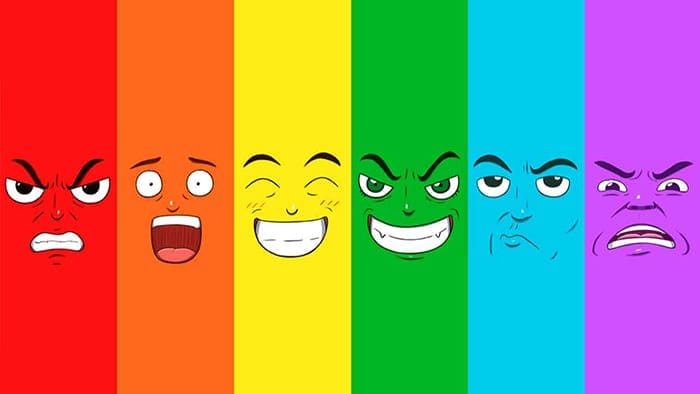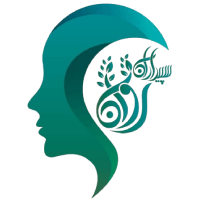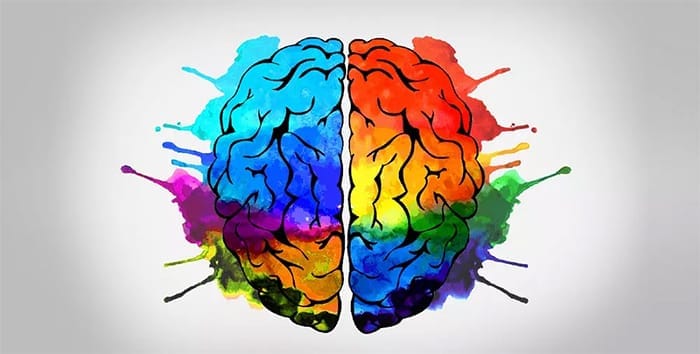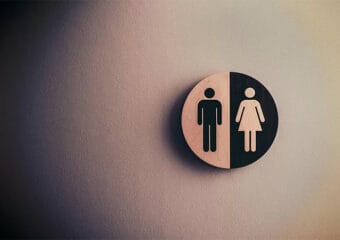
Blog
Psychology of colors

Research shows that colors significantly affect human mood, feelings, and emotions. Based on these studies, it can be concluded that colors not only influence our feelings and perceptions but also impact our behaviors and decisions. By understanding how colors affect us, we can harness their potential to enhance well-being, improve communication, and enrich our living environments.
Colors have a deep impact on mental states, emotions, and even individual and collective decisions. In this context, people’s color preferences are not only indicators of personal taste but also reflections of their psychological state and adaptation to culture and social environment.
According to color psychology research, colors can evoke various emotions such as calmness, happiness, anxiety, or even increased focus in individuals. For example, the color blue is generally associated with a feeling of calmness, while red may evoke feelings of excitement and energy in people.
Scientific and research information about the effects of colors on human psychology and behavior allows us to understand how we can use this knowledge in various fields, including psychotherapy. Below, we will explain more about color psychology.
فهرست عناوین
ToggleThe effect of colors on mice behavior
A recent study examined the impact of colors on mice behavior, and its results can help better understand the relationships between colors and mice emotions.
In this research, mice were tested with different colors. The results showed that when exposed to bright colors, mice showed more sexual activity and movement, while their activity decreased under dark colors.
This study demonstrated that as colors move toward darker shades, the activity and energy of mice decrease. In other words, brighter colors stimulate more activity in mice, while darker colors tend to reduce their mobility and activity.
Furthermore, the effect of light type on mice behavior was also examined. Mice exposed to fluorescent light showed less activity, whereas under yellow light—which has a different light spectrum—they exhibited increased energy and activity.
Based on these findings, it can be concluded that colors directly influence mice behavior and activity, which can play an important role in understanding animal emotions and behaviors.
Next, we briefly review the effect of colors on human behavior:
Pink color
Pink, due to its specific wavelength, has a deep and widespread influence on its audience and plays a significant role in various fields, including sports psychology, as outlined below:
Sports psychology studies show that using pink as the opposing team’s color is intended to psychologically affect rival athletes and limit their performance. This color choice leads to reduced energy and increased feelings of weakness in individuals exposed to the pink spectrum.
People exposed to pink may move away from their maximum ability and expend less energy to achieve their goals, which can have a direct impact on their performance and motivation.
In summary, observing the deep and widespread effects of the color pink in various fields, including psychology and sports sciences, highlights the importance of thoroughly studying and deeply understanding this phenomenon in human societies.
Suggested article: Family Psychology

Blue color
Due to its specific wavelength properties, blue has fundamental effects on behavior and perception. Studies have shown that environments decorated with blue or people wearing blue clothing positively influence their mental and physical performance. Specifically, experiments indicate that weightlifters training in blue-colored environments tend to lift heavier weights and perform more efficiently.
Green color
Green is another color that significantly affects individuals’ mental states. Research shows that environments decorated in green or wearing green clothing create a sense of lightness and calmness. This positive mental state can facilitate decision-making and task performance. For example, wearing green clothing when making decisions can help reduce stress and increase self-confidence.
Orange color
In the psychology of colors, studying the effects of colors on human behavior and emotions is very important and complex. For instance, the choice of colors in clothing and surroundings can greatly impact our feelings and behavior.
Orange is generally recognized as a symbol of youthfulness and vitality. Studies have shown that wearing orange clothing can enhance feelings of happiness and liveliness and improve social interactions.
Suggested article: Love from a psychological perspective
Red color
Red can directly influence human performance and behavior. Research indicates that this warm and energetic color can increase a person’s energy and provide a sense of dynamism and activity. Therefore, people may use red when they need more motivation and energy. Consequently, if someone intends to say “no” firmly, wearing red clothes can be an effective strategy.
Black Color
Some studies have shown that individuals experiencing depressive states may tend to prefer darker and more somber colors such as black and gray. These colors are recognized as symbols of depression and inactivity and are referred to in psychology as “contrast colors.”
Moreover, the relationship between colors and social behaviors has also been studied. For example, when conflicts and disputes increase between couples, each person may tend to choose darker and grayish colors, which also reflect their emotional state at that moment.
Suggested Reading: Anxiety Disorders
The Effects of Colors on Human Behavior and Emotions
In the field of color psychology, based on studies and research, colors are generally divided into two categories: light colors and dark colors, each having different impacts on human behavior and emotions.
- Light Colors: Such as blue, green, and yellow, are generally associated with positive feelings like happiness and extroversion. People exposed to these colors may feel more joyful and lively and tend to express positive thoughts.
- Dark Colors: Like black, gray, and charcoal, are linked to negative emotions and introversion. Individuals in depressive conditions may subconsciously use these colors, and as depression intensifies, the tendency to choose darker colors increases.
برای مشاوره رایگان و رزرو وقت (یا اگر تماس گرفتید و قادر به پاسخگویی نبودیم) شماره تماس خود را وارد کنید. ما به زودی با شما تماس می گیریم!




